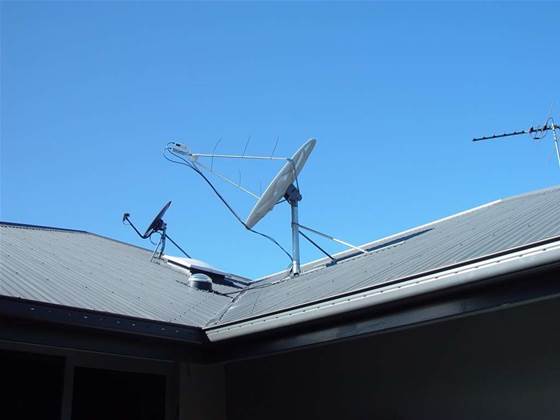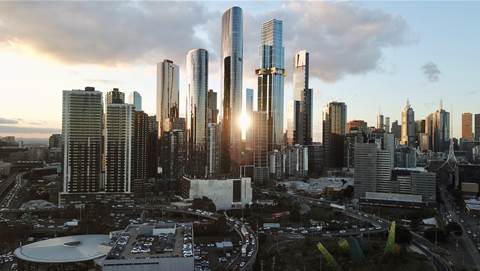Telstra says NBN Co’s decision to use Sky Muster for hard-to-serve premises on metropolitan fringes means higher costs to keep copper infrastructure online for tiny numbers of geographically-spread users.

The incumbent telco is on its once every four-to-five year bid to limit the damage of a cut to regulated prices for wholesale copper services, such as those used to supply ADSL and voice services.
The Australian Competition and Consumer Commission (ACCC) has decided to continue regulating these prices until mid-2024.
This time around, Telstra is relying partially on scope creep in NBN Co’s Sky Muster rollout to justify keeping regulated prices stable.
NBN Co was last year accused of using Sky Muster as a “dumping ground” for premises on metropolitan fringes that were otherwise too hard or expensive to serve with other access technologies.
The last time NBN Co provided a count of these premises was nearly two years ago; back then, it amounted to several thousand, and the Sky Muster satellite footprint has only increased since then.
Back when those figures were current, the Sky Muster footprint covered 421,000 premises. It is currently at 437,487 premises, and the number continues to grow.
Telstra now says the trend to put non-regional and non-rural premises on Sky Muster changes the economics of its copper network.
Specifically, it suggests, it will have to keep more exchanges and infrastructure operating in case Sky Muster users that are in range want to maintain a landline for voice services.
“Some satellite services in particular can be found in metropolitan areas and this poses the very real prospect that we may need to maintain a large number of exchanges in metropolitan areas for a relatively small proportion of customers,” Telstra said in regulatory filings.
Telstra said that it did not have other avenues to be compensated for keeping voice services alive for these extra Sky Muster users.
In addition, the telco must keep copper voice services as an option for the intended users of Sky Muster - those in regional, rural and remote Australia.
“The combined effect of being obliged to maintain copper to provide services to higher cost regional and rural areas and the dispersion of customers remaining on Telstra’s copper network in metropolitan areas limits the cost savings [we] can make,” Telstra argued.
KISS
As has come to be expected in the to-and-fro on regulated prices, Telstra is not relying only on a single argument against another large price drop.
Telstra wants prices to remain stable, it says, for the benefit of itself and the industry.
The telco argues that if prices reflected its actual costs, it “could result in significant price shocks for most services (at least +/- 40% for all but one service)”.
The focus seems to mostly be on large price increases for the dwindling number of copper service users.
“Price changes of such magnitude at the wholesale level (with implications for retail prices) could fundamentally change demand for services,” it said.
Telstra argues repeatedly it will not press its case for higher prices but would instead settle for prices to remain the same as they currently are.
“Telstra is not seeking a price increase which allows for cost recovery,” it said.
The telco believes the industry would benefit from a shorter process in coming up with the regulated prices.
“Price stability will also allow industry to focus on more important issues for the future of the communications industry, including NBN migration, mobile investment and 5G, for the benefit of Australian end users,” Telstra said.
“Getting these areas ‘right’ for end users will produce more beneficial outcomes compared to a lengthy ... process which sets prices for Telstra’s legacy copper network services.”
The industry, however, may need some convincing.
Vocus suggested to the ACCC that it should not be asking whether there is justification to retain current price levels. Rather, “the more appropriate question is how much prices for the declared services should be reduced”, it said.
“Vocus’ expectation is that regulated prices for these services should decrease and not continue at their current levels,” it said.
In the last round of price-setting, a one-off drop of 9.4 percent occurred. Telstra challenged it in the courts and lost.

















.png&h=141&w=208&c=1&s=1)

